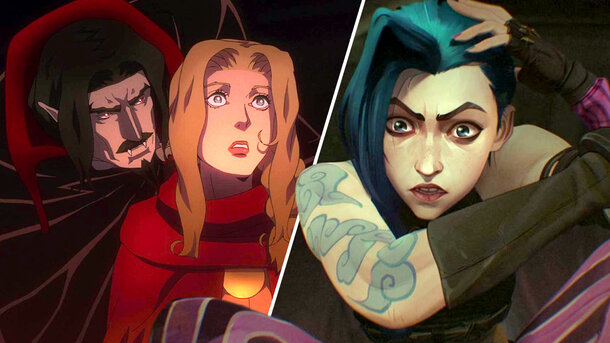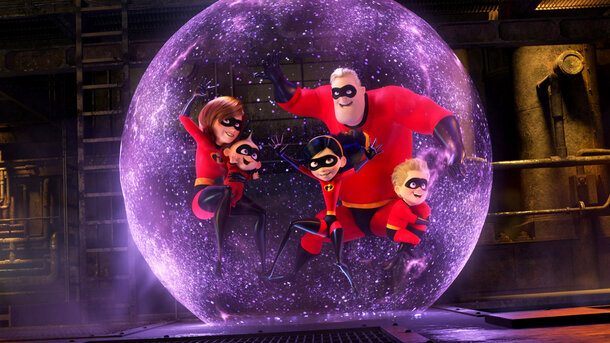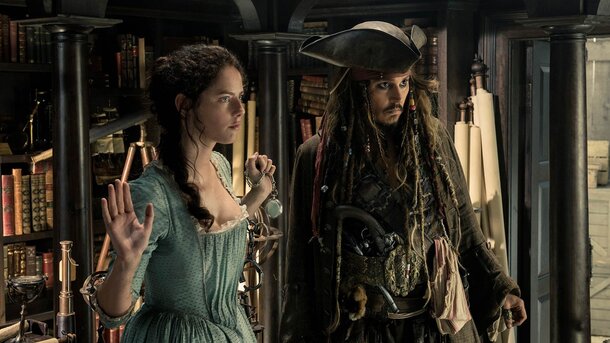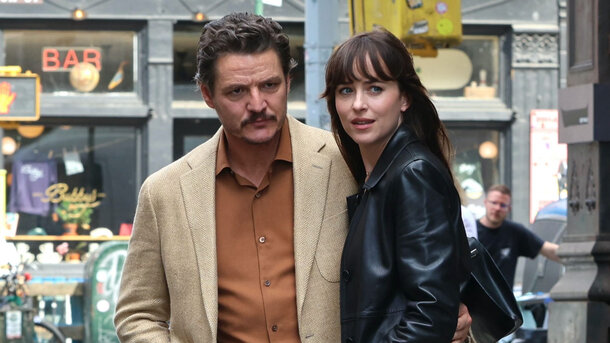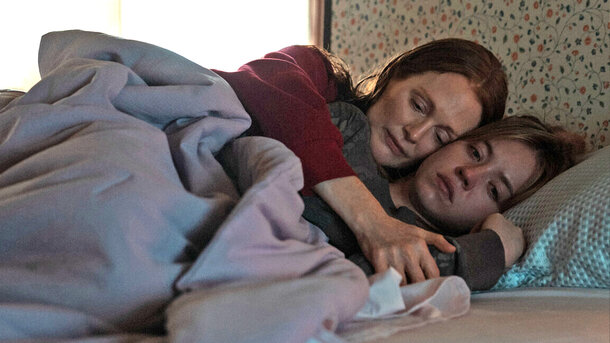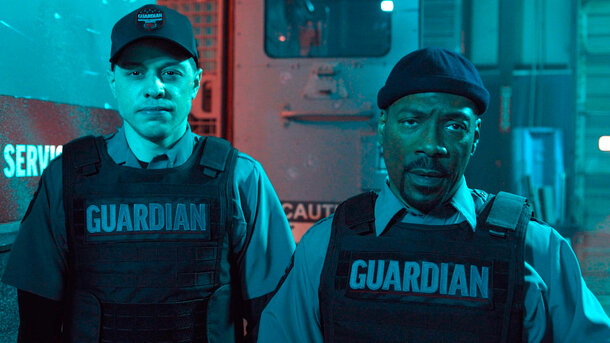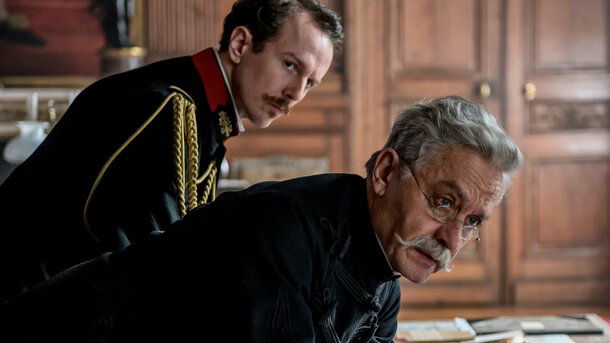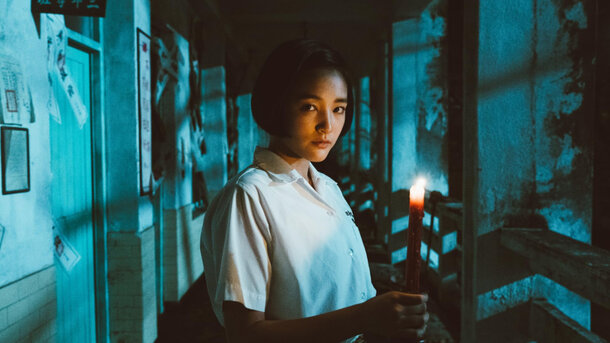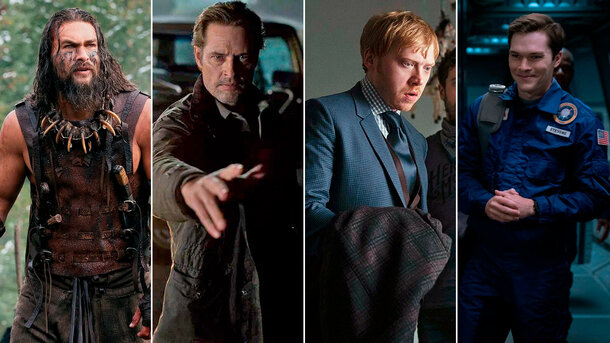Today, Arcane is remembered as the gold standard for video game adaptations. And rightfully so: the series was so stylish and well-crafted that it shattered all the old clichés about how not to adapt a game. But long before Jinx and Vi arrived on Netflix, there was another revolution — darker, bloodier, and Gothic: Castlevania. At the time, it held a remarkable 8.3 out of 10 on IMDb.
The Story of Castlevania
The series premiered in 2017 and became an instant hit. From the very first episodes, it didn’t ease viewers in with a cozy intro — instead, we got brutal imagery: burning towns, executions, demons, blood, and grief. And none of it was for shock value. That’s simply the world of Castlevania. The TV-MA rating wasn’t just a warning — it was an artistic choice. This isn’t a world of princesses to be saved; it’s about surviving in a reality where even love can be the root of hell.
Characters with Depth and Choice
The story centers on Trevor Belmont, the vampire Alucard, and the mage Sypha. Together, they try to stop Dracula, whose grief after his wife’s death turns him into a merciless god of vengeance. And what’s striking: not a single character feels one-dimensional. Even the Count himself isn’t just a villain — he’s a tragic antihero.
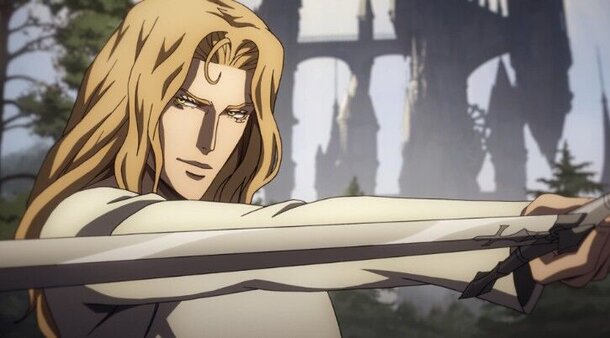
That kind of emotional complexity is rare even in prestige live-action dramas, and yet here it is in an animated series based on a video game — crafted with intelligence and respect.
Why the Series Works
The creators didn’t just stick to one game’s storyline. They pulled together elements from Castlevania III: Dracula’s Curse, Symphony of the Night, and Curse of Darkness, choosing the strongest aspects. Instead of retelling, they reinvented — building a new narrative full of emotion, philosophy, struggle, and yes — plenty of action. Its greatest strength is balance. The show blends Gothic horror with reflections on revenge, sharp dialogue with slick fight scenes — all without compromise.
Castlevania Broke the Curse
Before it, game adaptations were almost assumed to fail. Castlevania was one of the first to aim for depth over fan service. And then came Arcane — and many remembered that Castlevania had already paved the way, just in a different aesthetic.
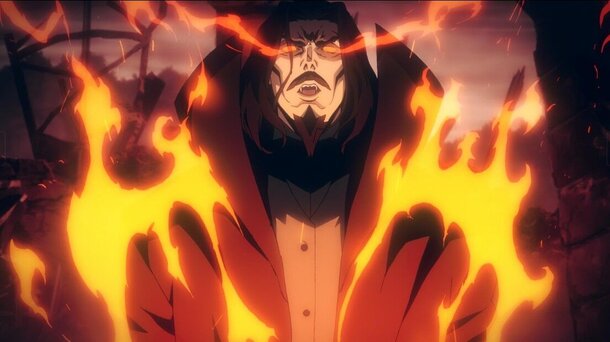
Today, Castlevania has a sequel — Nocturne, set 300 years after the original. And although it tells a new story, fans still talk about that one episode — the one where Dracula screams at the villagers burning his wife — as one of the most powerful monologues in modern animation.
If you haven’t seen Castlevania yet — you’ve got four seasons ahead of you.
